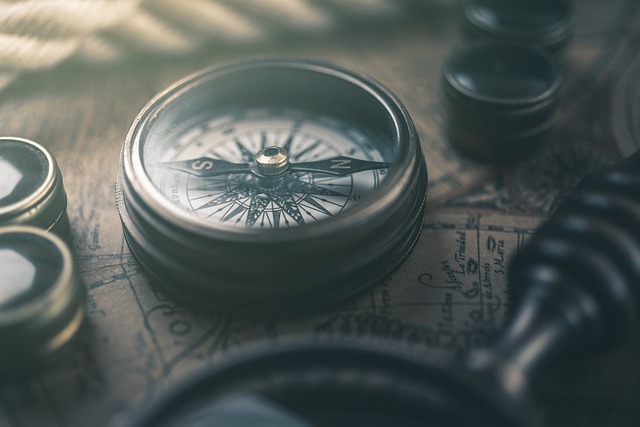Understanding Light Direction in Photography Composition
Photography is an art that transcends mere technicalities; it’s about capturing emotions, stories, and the essence of a moment. One of the pivotal elements that shape our images is light direction. This element not only defines how the subject is illuminated but also influences the overall composition and the emotion conveyed through the photograph.
The Power of Light Direction
When you think about photography, consider how light plays a crucial role in every frame you capture. The direction from which the light hits your subject can dramatically alter the mood and character of your photo. For instance, soft, diffused light from a cloudy sky can bring out gentle tones and a sense of calmness, while harsh, direct sunlight can create bold shadows and high contrast, evoking energy and drama.
Exploring Different Light Directions
Whether you’re shooting portraits, landscapes, or still life, understanding how to manipulate light direction can enhance your creative expression. Here are a few common light directions to consider:
- Front Light: This direction illuminates the subject evenly and minimizes shadows. It’s great for showcasing details but can sometimes lead to flat-looking images.
- Side Light: When the light comes from the side, it creates depth and texture. This direction adds dimensionality and emphasizes contours, making it ideal for portraits and textured surfaces.
- Back Light: Shooting against the light can create stunning silhouettes and a sense of mystery. It can also produce a beautiful glow around your subject, often seen in breathtaking sunset shots.
- Top Light: Often encountered during midday, this angle creates harsh shadows that can be unflattering for subjects. However, it can work to your advantage in specific contexts, such as pool water reflections or architectural shots.
Using Your Camera and Optics Effectively
With your camera in hand, the key to mastering light direction lies in experimentation. Use different settings to see how light interacts with your scene. A low aperture can create a shallow depth of field, allowing for mesmerizing bokeh during evening or golden hour shoots where light direction becomes even more magical.
Consider the use of optics as well – different lenses can alter how light enters your camera and how it renders your subjects. For example, wide-angle lenses will capture more of the landscape, emphasizing the light’s direction across vast spaces, while telephoto lenses can help isolate subjects, showcasing their dynamic with dramatic backlighting or side lighting.
Capturing Emotion Through Light Direction
Ultimately, the goal of mastering light direction lies in your ability to evoke emotion. Think about what you want your audience to feel when they view your photograph. Does the scene elicit warmth, mystery, joy, or perhaps solitude? Adjusting your perspective and understanding how light interacts with your subject will help you convey that emotion effectively.
Incorporate these concepts into your photography journey; embrace the trial and error. Each shot is an opportunity to discover the stunning effects of light direction on your composition, harness it wisely, and reveal the hidden beauty in your surroundings.



